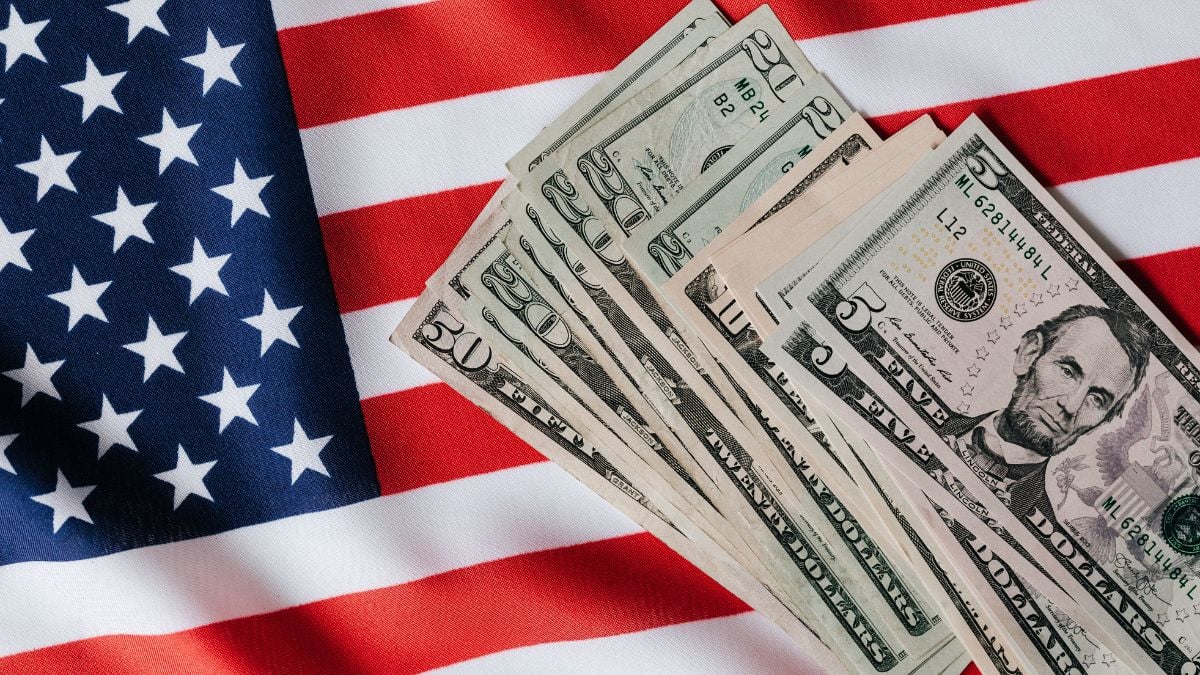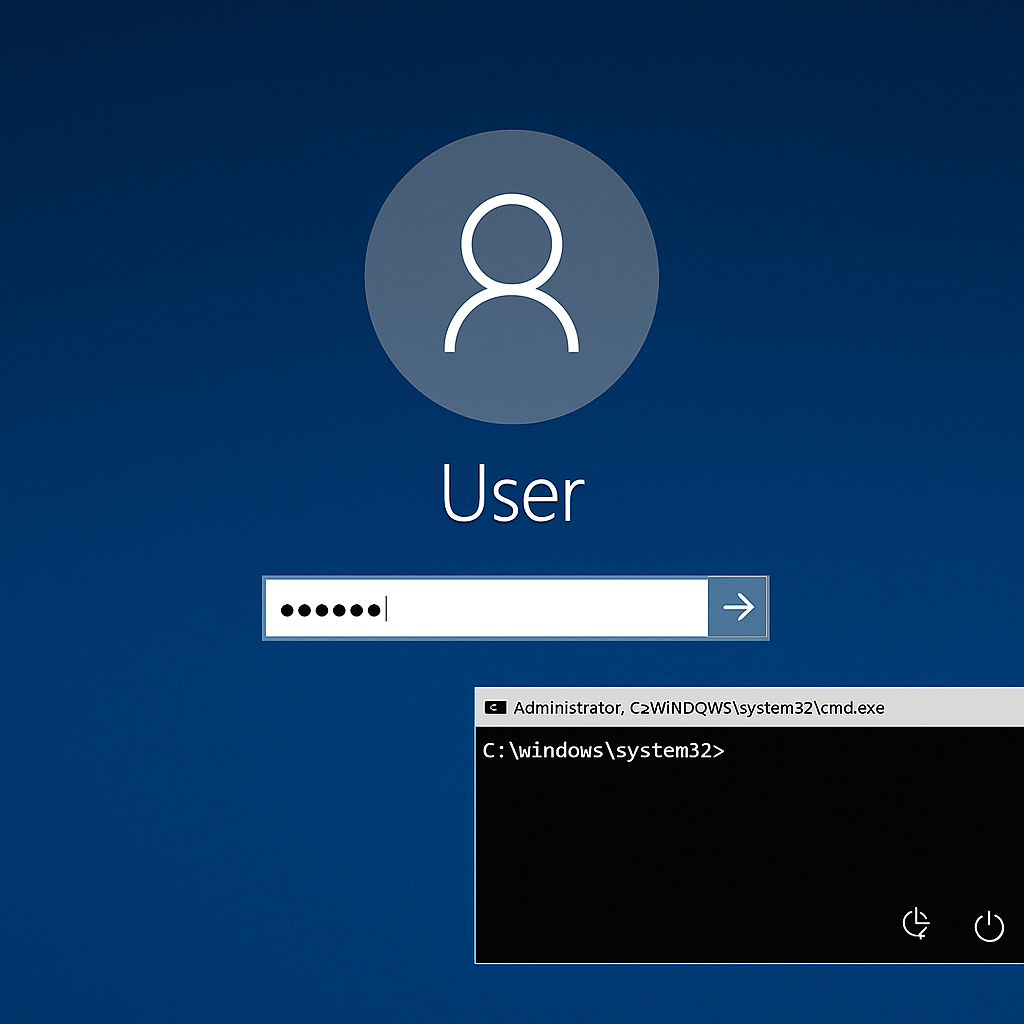Consumer confidence plummets in the US: the key data
Consumer confidence in the United States experienced a sharp decline, reaching levels not seen since the COVID-19 pandemic


April brought bad news for the world’s largest economy. According to the monthly report from The Conference Board, consumer confidence in the United States suffered a sharp drop for the fifth consecutive month, reaching levels not seen since the most uncertain days of the COVID-19 pandemic.
The main index, the Consumer Confidence Index, fell by 7.9 points to settle at 86.0 units (1985=100). But the most alarming figure was the collapse of the Expectations Index, which measures the short-term outlook for income, employment, and business conditions. This subindex plummeted by 12.5 points, reaching just 54.4, its lowest level since October 2011 and below the critical threshold of 80, traditionally seen as a precursor to a recession.
Meanwhile, the Present Situation Index, which evaluates perceptions of current economic conditions, dropped slightly by 0.9 points to 133.5. This contrast suggests that although consumers do not perceive a dramatic deterioration in their daily lives, expectations for the coming months are overwhelmingly negative.
READ ALSO. Amazon, hostile? The White House lashes out over prices and tariffs: What happened?
What factors are behind the pessimism among U.S. consumers?
Stephanie Guichard, senior economist at The Conference Board, explained that the drop in confidence is not the result of a single event, but rather a series of accumulated concerns directly impacting personal finances and economic decisions.
One of the clearest red flags is the job market. The report reveals that 32.1% of consumers expect fewer jobs to be available over the next six months, a figure comparable to that seen during the Great Recession of 2009. At the same time, only 13.7% believe there will be more job opportunities.
On the income front, for the first time in five years, the short-term outlook turned negative: only 15% expect salary increases, while 18.2% fear income reductions. This shift reveals that economic anxiety has moved from being a collective concern about “the national economy” to impacting individuals’ personal finances.
READ ALSO. Shake Shack is giving away FREE burgers all May long! Here’s how to get yours
The decline in confidence is not limited to a specific demographic. The study notes that the drop was widespread across all age and income levels, but was most pronounced among individuals aged 35 to 55 and households earning more than $125,000 per year. Furthermore, the negative outlook was observed regardless of political affiliation, suggesting a deeply structural phenomenon.
Inflation, tariffs, and market volatility? More reasons for the downturn
Beyond jobs and income, other macroeconomic factors are also weighing heavily on consumer confidence in the United States.
One major factor is financial market volatility. The report reveals that 48.5% of respondents believe stock prices will decline over the next 12 months, the highest percentage since 2011. This pessimistic perception affects not only investors but also undermines the sense of security among workers with pension plans or investments tied to the market.
Another key concern is expected inflation, which surged to a worrying 7% over 12 months, the highest level since November 2022. While some consumers noticed slight drops in prices like gasoline or select food items, the prevailing sentiment is that the cost of living remains high.
Finally, the report highlights a growing issue: concerns about tariffs. Spontaneous mentions of trade tariffs reached a historic record in the survey. Many consumers fear that these tariffs will drive up prices and worsen the economic outlook, slowing recovery and increasing uncertainty.
What do the numbers say about the near future?
The figures point to a sharp deterioration in expectations for the next six months:
- Only 15.7% of consumers expect economic conditions to improve, down from 17.8% in March.
- A full 34.8% anticipate that the situation will worsen, a sharp rise from 26.1% the previous month.
- Regarding employment, only 13.7% expect more jobs, while 32.1% foresee fewer job opportunities.
- The perceived risk of recession reached its highest point in two years, reinforcing the climate of uncertainty.
This growing distrust has a direct impact on domestic consumption, a core component of the U.S. GDP. Plans to purchase durable goods—such as cars, appliances, or furniture—as well as vacation planning, show a downward trend, which could drag on the economy in the second half of the year.
Which sectors are most likely to feel the impact?
Given the breadth of the pessimism and the nature of the concerns, the sectors most vulnerable to the drop in consumer confidence in the United States are those dependent on discretionary spending:
- Retail and department stores, especially those focused on non-essential goods.
- Tourism and hospitality, as vacation plans decline.
- Automotive, where buying decisions are often delayed in uncertain times.
- Consumer electronics, particularly premium or non-essential items.
Financial sectors may also be impacted, especially if stock market instability continues and perceived risk levels remain elevated.
What are the implications of this downturn for the U.S. economy?
Consumer confidence is one of the most closely watched indicators by economists, central banks, and markets, as it serves as a thermometer for domestic consumption, which accounts for approximately two-thirds of the U.S. GDP.
A deteriorated confidence index often signals a slowdown in consumer spending, which in turn affects production, employment, and investment. If the decline persists—and combines with high inflation and elevated interest rates—the U.S. could face a scenario of stagflation or a technical recession in the coming quarters.
Moreover, this environment forces the Federal Reserve to tread carefully in its monetary policy decisions. Raising interest rates to combat inflation could further weaken consumer sentiment. On the other hand, lowering them without curbing inflation might erode trust in the Fed’s ability to manage the economy.











































































